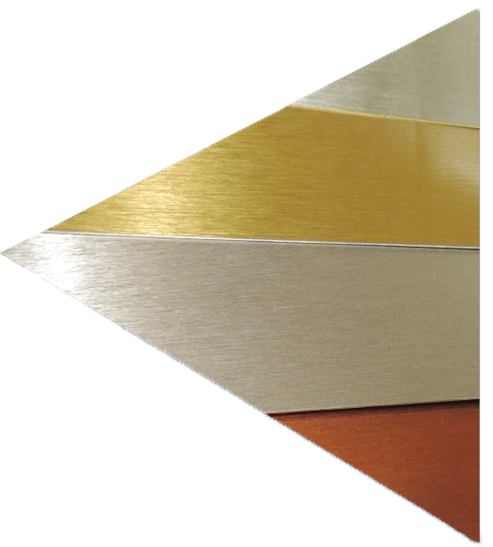To this category belong:
MARBLE – TRAVERTINE – CALCAREOUS TUFF – LECCE STONE – TRANI STONE -ALABASTER – VICENZA STONE – STONE OF ISTRIA
MARBLE – TRAVERTINE – CALCAREOUS TUFF – LECCE STONE – TRANI STONE -ALABASTER – VICENZA STONE – STONE OF ISTRIA
• RP 110 • RP 108 • BIO C • BIO T PLUS • ACQUACONS• BIO R-IPC 30 • CONSACRIL SIL S • CONSOLIDA NANO • IDROREPEL• IDROREPEL TONO • BIO PT 15 • PTO 10 • NO SMOG • IDROSTOP NEW • IDROREPEL ACQUA TONO • ECO 7 G • NO OMBRE • ECO PMC 2000 • ANTIGRAF PERMANENT• N. AG PLUS
• ACIDO• BASICO• CS • IMPRESTONE• IMPRESTONE TONO • CIRWAX LUX / MATT • CR 7 • PULI PAV • IDRO BASE
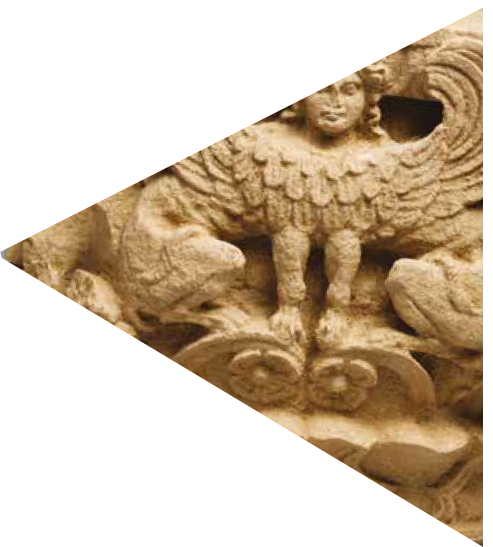
Solid Brick This category includes brick without holes or in any case with limited drilling, less than 15% of the total area. The most common are those with dimensions of 5.5 × 12 × 25 cm. This type of brick is produced by extrusion. Today it is practically in disuse as it is replaced by hollow brick, but it is still used in the renovation of classical buildings (load-bearing walls or facing walls). Half full or perforated brick It is a brick with a medium resistance. It too is produced by extrusion. The percentage of drilling varies between 15% and 45%. Its size of approximately 12 × 12 × 25 cm is essentially twice the size of the actual brick.
• RP 102 S • RP 108 • PULI AC • BIO C • BIO T PLUS • CONSACRIL SIL A • CONSACRIL SIL S • ACQUACONS• BIO CPA • BIO R-IPC 30 • CONSOLIDA NANO • IDROREPEL• IDROREPEL TONO • BIO PT 15 • PTO 10 • NO SMOG • IDROSTOP NEW • IDROREPEL ACQUA TONO • ECO 7 G • NO OMBRE • ECO PMC 2000 • ANTIGRAF PERMANENT • N. AG PLUS
• ACIDO• BASICO • CS • PTA • IDRO PTA • PTA TONO • IDRO PTA TONO • PULI PAV • IDRO BASE
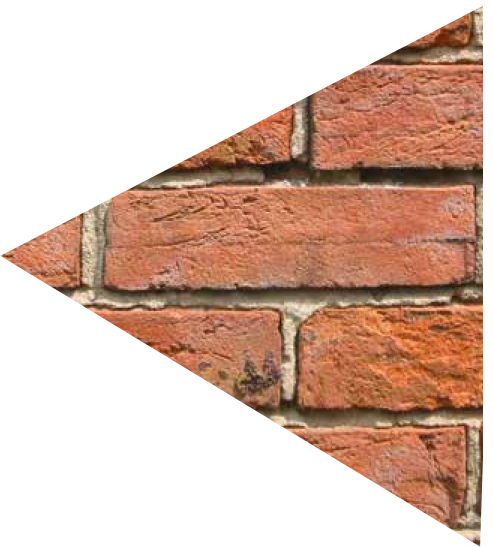
LIME BASED PLASTER LIME- CONCRETE BASED PLASTER, where the binder is a mixture of hydrated lime and Portland concrete, with a prevalence of lime – CONCRETE-LIME BASED PLASTER, where the binder is a mixture of hydrated lime and Portland concrete, with a prevalence of concrete – GYPSUM BASED PLASTER where the binder is exclusively gypsum.
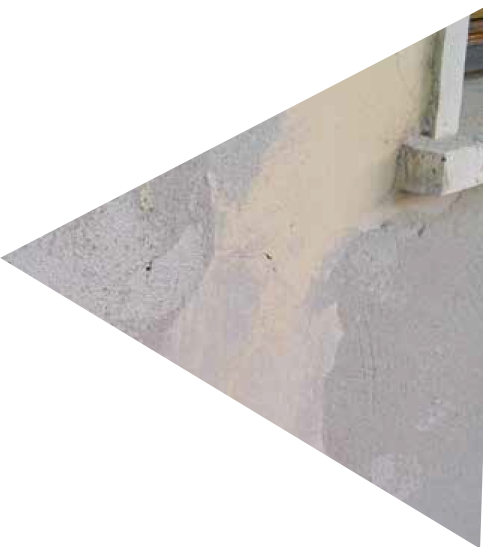
FIORE DI CALCE IDRATA – GRASSELLO – LATTE DI CALCE
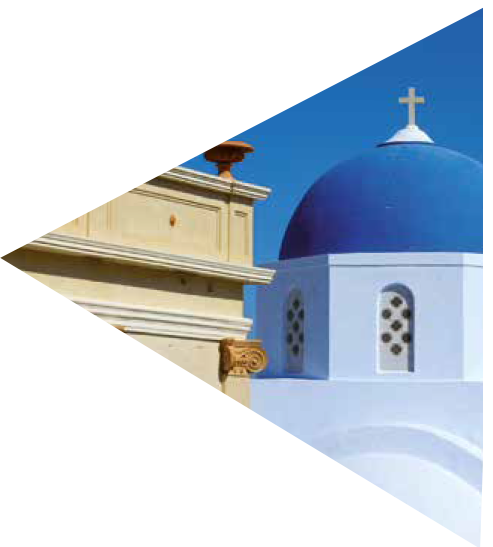
PAINTS IN ORGANIC DISPERSION – SILICATE PAINTS – SILOSATIC PAINTS IN EMULSION – POLYMER PAINTINGS – SILICATE PAINTS – PHOTOCATALYTIC PAINTS
• RP 103 • BIO C • BIO T PLUS • IDROREPEL • BIO PT 15 • CONSACRILIC • N.AG PLUS
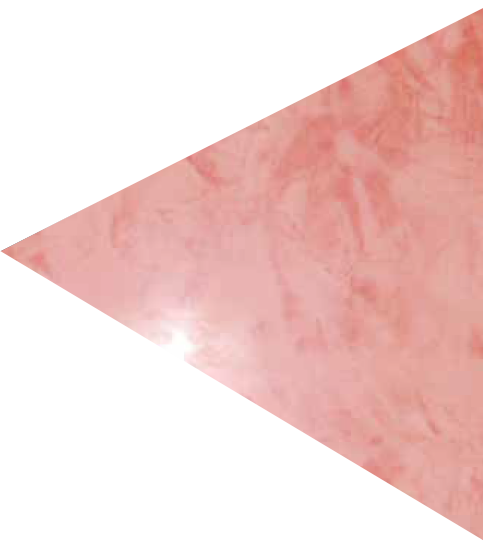
ARCHITECTURAL CONCRETE – INDUSTRIAL FLOORS – DECORATIVE ELEMENTS IN FACADE – STRUCTURAL PARTS FACE TO VIEW – JOINTS BETWEEN COVERINGS – SELF-LOCKING
• RP 110 • RP 103 • BIO C • BIO T PLUS • ACQUACONS • IDROREPEL • BIO PT 15 • PTO 10 • ECO 7 G • NO OMBRE • ECO PMC 2000 • ANTIGRAF PERMANENT • N. AG PLUS
• ACIDO • BASICO • CS • STOP CEM • FINE CEM PLUS • CIR ULTRA FINISH • DEFENDER S • IDRO BASE • CIR ULTRA FINISH COLORATO COLORI PASTELLO• CIR ULTRA FINISH COLORATO COLORI FORTI
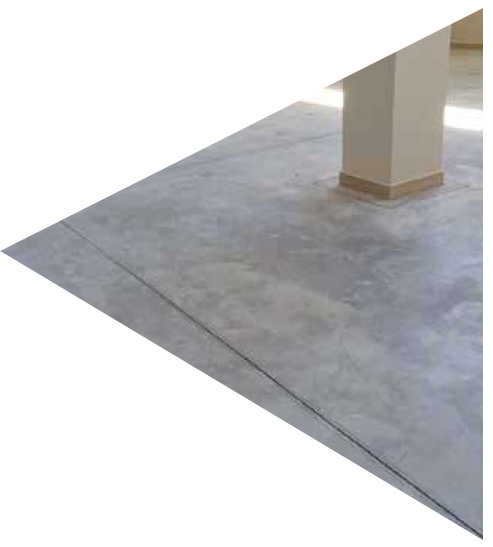
The cotto is obtained by cooking claywith variable amounts of sand and oxides. Its color depends solely on the percentage of iron present in the clay and on the variation in the percentage of oxygen during cooking.
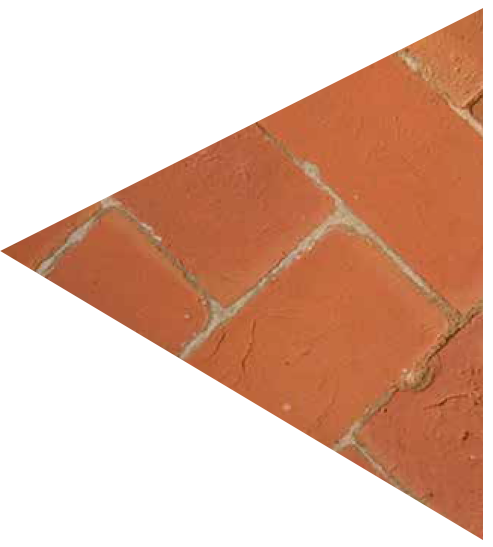
It is a non-metallic inorganic material obtained by cooking, at high temperatures, mixtures of natural raw materials.
• RP 103 • IDROREPEL • BIO PT 15 • PTO 10
• DOPO POSA • GRES PROTECTOR • PAV LUX • DEFENDER S
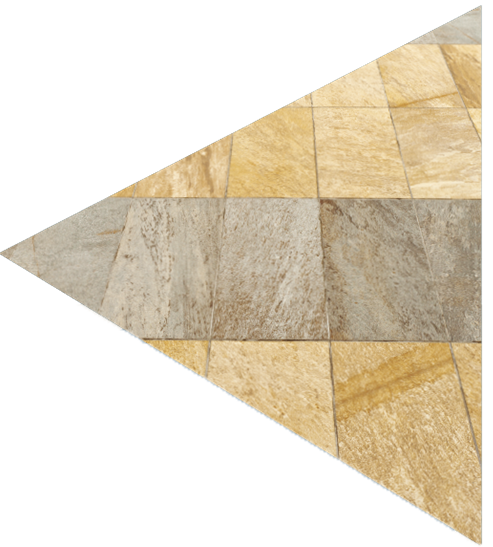
The cocciopesto is the result of the grinding or crushing of old bricks or tiles reduced to sand.
• BASICO• IMPRESTONE• CR 7 • CIRWAX LUX / MATT • N. AG PLUS
• PTA • IDRO PTA • PTA TONO • IDRO PTA TONO • ACIDO • BASICO
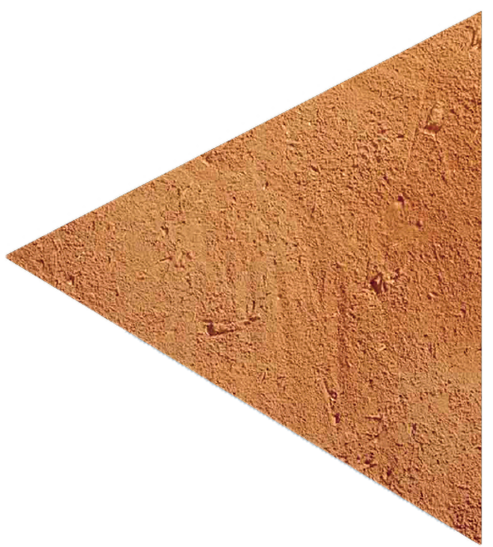
GRANITE – PORPHY – BASALT – ARDESIA – POZZOLAN – PIPERNO – SERENE STONE
• RP 103 • RP 102 • RP 108 • BIO C • BIO T PLUS • PULI AC • CONSACRIL SIL A • CONSACRIL SIL S • ACQUACONS• BIO CPA • BIO R-IPC 30 • CONSOLIDA NANO • IDROREPEL• IDROREPEL TONO • BIO PT 15 • PTO 10 • NO SMOG • IDROSTOP NEW • IDROREPEL ACQUA TONO • ECO 7 G • NO OMBRE • ECO PMC 2000 • ANTIGRAF PERMANENT• N. AG PLUS
• ACIDO • BASICO • CS • IMPRESTONE • IMPRESTONE TONO • CIRWAX LUX / MATT • CR 7 • PULI PAV • IDRO BASE
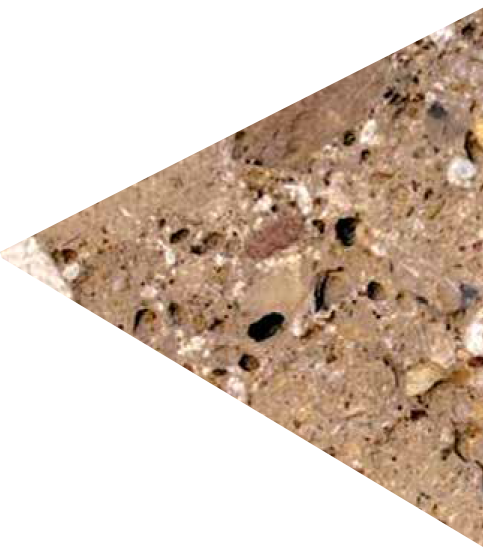
WHITE MARBLE (CARRARA) – BLUE MARBLE – RED MARBLE (VERONA) – YELLOW MARBLE – GREEN MARBLE – BLACK MARBLE – POLYCHROME MARBLE
• RP 108 • BIO C • BIO T PLUS • BIO R IPC 30 • ACQUACONS • IDROREPEL • BIO PT 15 • PTO 10 • ECO 7 G • ECO PMC 2000• N. AG PLUS
• BASICO• PULI PAV • CIRWAX LUX / MATT • IMPRESTONE• CRISTALLIZZANTE
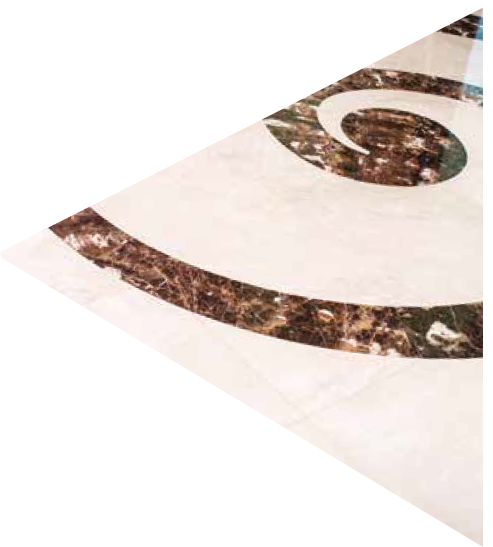
STEEL Large structures – coatings – railings TITANIUM Coatings ALUMINIUM Coatings – Lattoniere – Railings – Plants – Fixtures COPPER Coverings – Lattoniere – Piping IRON Reinforced concrete – Railings
